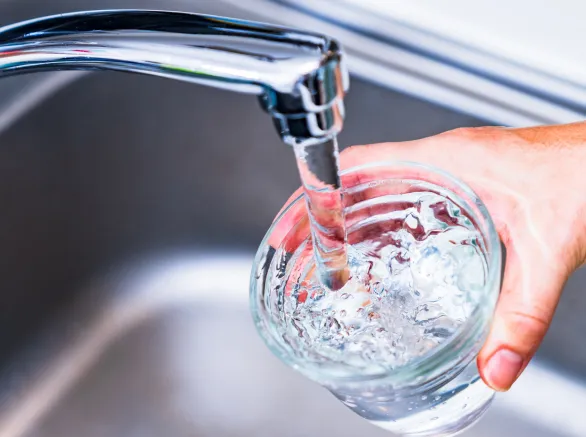January 13, 2023
New rule returns to a pre-2015 regulatory definition of "waters of the United States"
On Dec. 30, 2022, the Environmental Protection Agency and the Army Corps of Engineers announced the final rule establishing the definition of "waters of the United States" (WOTUS), which determines the federal jurisdiction of the Clean Water Act (CWA) to regulate pollutant discharges. This finalized rule presents the third WOTUS definition in as many presidential administrations, following the expansion of the CWA's purview by the Obama administration in 2015 and the narrowing of its purview by the Trump administration in 2020.
The new rule
The new rule largely reverts to the pre-2015 definition originally implemented in the 1980s during the Reagan administration, with new additions and exclusions "to reflect existing Supreme Court decisions, the latest science, and the agencies' technical expertise." The final rule states that the following types of waters fall under the federal jurisdiction of the CWA:
- Traditional navigable waters
- Territorial seas
- Interstate waters
- Impoundments
- Tributaries
Adjacent wetlands and additional waters are also considered WOTUS if they meet either the "relatively permanent" standard or the "significant nexus" standard. These standards refer to the opinions of Justice Antonin Scalia and Justice Anthony Kennedy, respectively, from the 2006 Rapanos v. United States Supreme Court case. The "relatively permanent" standard is based on whether the wetland or water body in question has a relatively continuous surface connection to WOTUS. The "significant nexus" standard is based on whether the wetland or water body in question has a significant chemical, physical, or biological impact on WOTUS.
The final rule codifies eight exclusions from the definition of WOTUS including prior converted cropland, waste treatment systems, ditches, artificially irrigated areas, artificial lakes or ponds, artificial reflecting pools or swimming pools, waterfilled depressions, and swales and erosional features. The final rule is expected to result in less jurisdictional coverage than the Obama-era rule but more jurisdictional coverage than the Trump-era rule.
Challenges ahead
The vague language of the CWA has resulted in regulatory confusion and decades of legal battles, including a series of Supreme Court decisions (such as Rapanos v. United States) and current cases before the Supreme Court regarding issues of federal jurisdiction over wetlands and tributaries. EPA believes the finalized rule will provide a durable definition of WOTUS, "grounded in the authority provided by Congress in the Clean Water Act, the best available science, and extensive implementation experience stewarding the nation's waters."
However, the final rule announcement comes before a decision from the Supreme Court on Sackett v. EPA, a case related to the jurisdiction of the CWA over wetlands that was argued in October 2022. The final rule may once again be impacted by this decision, depending on its scope. The final rule is also likely to be challenged in court, as both the Obama and Trump rules were previously challenged.
The agencies will host a public webinar on Jan. 19, 2023, to provide an overview of the final rule. This webinar will be recorded and made available through EPA's website. The new WOTUS definition will go into effect 60 days after the final rule is published in the Federal Register.
How Exponent Can Help
Exponent's environmental scientists and engineers have extensive experience with the CWA and its jurisdiction. We use this experience to assist clients whose permits and operations are expected to be affected by changes to the definition of WOTUS. With our regulatory experience and interdisciplinary expertise in wetland ecology, botany, aquatic and terrestrial biology, hydrology, chemistry, ecotoxicology, soil science, and environmental and civil engineering, we can evaluate the connections between navigable waters and adjacent waterbodies; assess interactions between groundwater and surface water; evaluate data characterizing water and sediment quality; prepare permit applications and assist in the negotiation of permit limits and conditions; and develop monitoring plans and implementation strategies.



